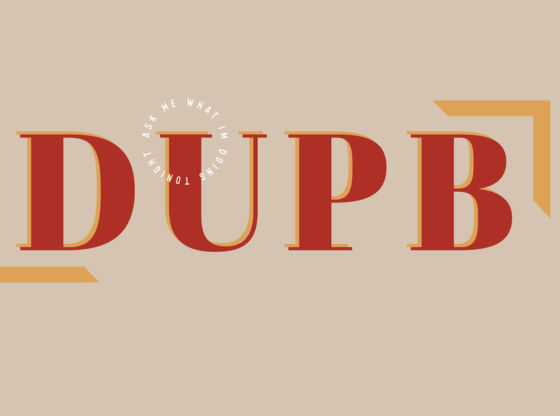The masthead is arguably the most important part of a newspaper. It’s what drives consumers to select certain publications over others. It’s arguably the most important piece of the branding on websites and print editions for publications.
This week’s Into the archives topic dives into the branding of the Clarion throughout its history. I will be examining several mastheads to showcase the different creative choices that have taken place by the Clarion editors.
Each week for the rest of the quarter, in celebration of the DU Clarion’s 125th anniversary, I will be siphoning through the archives located at the DU Special Collections to help showcase the great history of our newspaper. Let’s get into it.
September 21, 1905 (vol. 9, no. 1)

One of the first editions of the Clarion features this very interesting masthead design. The words inside the letters are unreadable but whoever designed this masthead seemed to want all the words to connect with each other.
The word “masthead” did not get its term until the 19th century. It was mainly used to describe the top of the mast on a sail but changed around 1838 by an Illinois journal, who said “Many of our Whig friends … were anxious that the Journal should … carry Whig colors at the mast-head.”
The word masthead has multiple definitions. It can mean the newspaper’s name and motto at the top of page one and it can also mean “a list of a newspaper’s top staff members and owners, and often its contact information and subscription rates.” To account for the confusion of both definitions, some journalists also use the word “flag” to describe the first use of the definition.
February 15, 1923 (vol. 27, no. 16)

The Clarion started to get fancier with its editorial design and masthead design in the early 1920’s. The design also includes the official DU seal behind “The Denver Clarion”.
The seal features the university’s official motto, “Pro Scientia, Et Religione”, which translates to “For Knowledge and Spirit” in Latin. The seal also features an image of Mt. Blue Sky (formerly Mt. Evans) inside the inner circle.
The former namesake of Mt. Blue Sky, John Evans, is an important and dishonored figure in DU’s history. Evans was one of the founders of the Colorado Seminary, which later formed into the University of Denver. Evans was also the former governor of the territory of Colorado but was forced to resign after his involvement in the Sand Creek Massacre.
DU released an official 100-plus page report in 2014 on Evans and his involvement in the 19th-century massacre that took many Cheyenne and Arapaho lives.
November 8, 1955 ( vol. 32, no. 13)

The masthead design started to become a little more simple in the 1950s, and this masthead design features the silhouette of the Mary Reed Hall. The design was short-lived and a new design was implemented in 1956.
Back in 2022, Julia Mertes wrote a piece for the Clarion exploring the iconic building on campus. Mary Reed was a philanthropist donor to DU in the early 20th century who donated money to construct both her namesake building and Margery Reed building, which is named after Mary’s late daughter.
October 19, 1965 (vol. 70, no. 8)

This masthead design comes from a 1965 edition of the Clarion, and this design was used heavily from 1965-1967.
It’s the design that inspired the one used today in our current print editions. Our former Executive Editor Ambriel Speagle saw this design and decided to bring it back to help commemorate the great history of this newspaper.
It’s a really simple design and in some editions, the gray background within the box would switch to a different color. Some editions had red or blue mastheads instead of just gray. Along with that, the masthead for several editions was not at the top of the first page, but rather in the middle. It’s a very unique editorial design choice that isn’t really used commonly today.
October 20, 1994 (vol. 102, no.6)

One of my favorite mastheads in Clarion history comes from 1994-1995 editions. This masthead design also would change colors every edition and almost every color of the rainbow was featured in these mastheads.
This masthead also features the seal in the back, but has just the word “Clarion” in front of it. I especially love the C that creeps down into the text below and I think this is the best-looking masthead in Clarion history.
This is obviously not a complete, thorough account of the history of Clarion mastheads. If you are curious about what other mastheads look like, visit the DU Special Collections digital archives of the Clarion newspapers.











